It’s no secret that color-treated hair requires a different (and usually more involved) hair care routine when compared to non-treated hair. Though both should protect hair from extreme heat and breakage, it’s important to take additional steps if the hair has been professionally treated with treatments such as lightener, hair color or additives. A simple and effective way to protect color-treated hair is by using a shampoo that will help make hair color last and help to cancel out any post-salon brassiness that may occur.
Both blue and purple shampoos can help defeat brassiness when used correctly. They also provide additional benefits when used both at the salon and at home. Here are some tips to follow when using shampoo in blue and purple hues.
Purple Is for Blonde, Blue Is for Brunette
Stylists and clients alike rave about these products for color and toning purposes, but what does purple shampoo do? The answer depends on the undertones of your hair color. Essentially, these blue and purple pigmented shampoos work by using the opposite color on the color wheel to cancel out either shade of unwanted pigment.
When hair is professionally treated with hair color, it is not uncommon to see undertones within the orange, yellow and red spectrum appear over time. In an effort to combat these colors, which can cause hair to appear different or even unhealthy, purple shampoo cancels out the unwanted yellow tones from blonde hair.






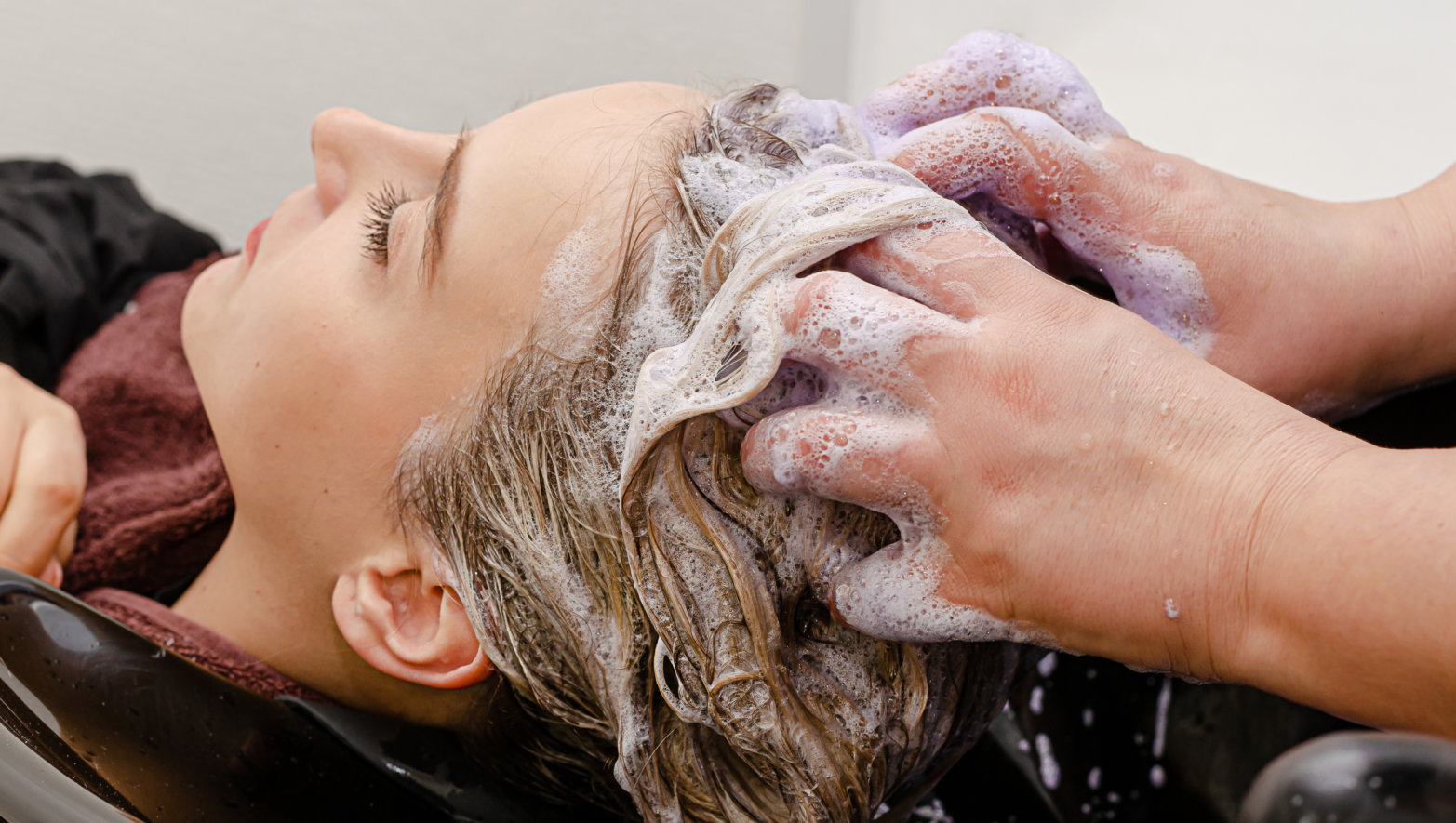

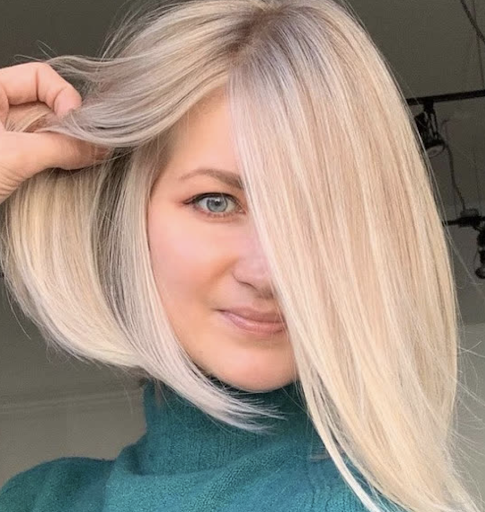
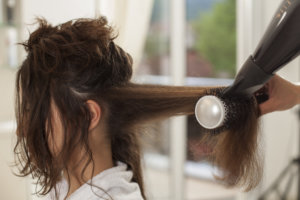

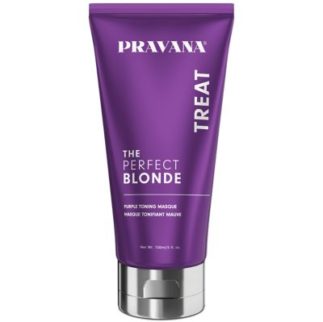
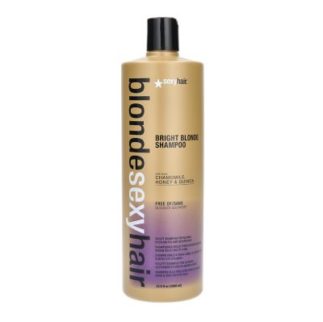
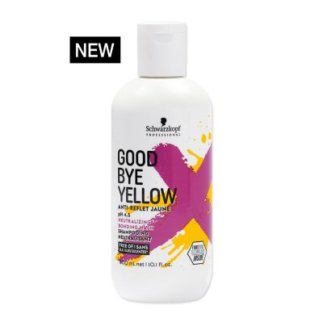
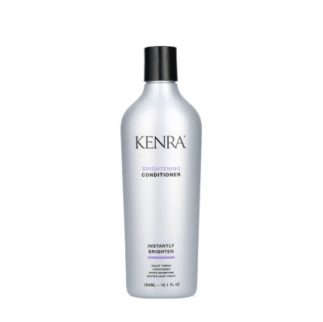
Share Your Feedback